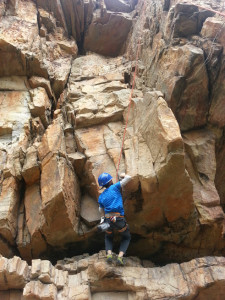The New Zealand Mountain Safety Council’s Mountain Safety Manual 38, “Outdoor Safety – Risk Management for Outdoor Leaders“, 3rd edition, 2013, p. 16, makes the point that the risk attendant to an activity can be perceived differently by different persons, which perception may be affected by one or more of the following factors:

- The confidence level of the participants
- The degree of fatigue of the participants
- The experience level of the participants
- The familiarity with the gear
- The psychological make-up of the participants
- The venue of the activity
- How risk is perceived by other participants
- A participant’s awareness of their own limitations
- A leader’s approach to the risk to be confronted
- A participant’s knowledge of the situation to be confronted
- A participant’s fear of the unknown
- The mood of the respective participants
- A participant’s feeling of being safe
- A participant’s anxiety level
Why does this matter? Because a group should be certain that the determination of the risk perceived to exist should be based on as rational basis as possible, free from emotional factors which may or may not cause the risk determination to be irrationally skewed one way or the other. Leaders and participants should have an understanding as to what factors may be affecting their own risk determination, so that the group may make appropriate choices as to how to address the perceived risk.
What factors inherent with Scouts might affect a determination of perceived risk? Certainly, the maturity and experience levels of Scouts come into play. Peer pressure as to participation may be a factor. As might a lack of confidence, or over-confidence, also be a factor.
Leaders should take care to understand that there may be a clear distinction between the risk perceived to exist by an adult, and the risk perceived to exist by youth, and decisions directed to the planning and conduct of an activity should be made accordingly.
